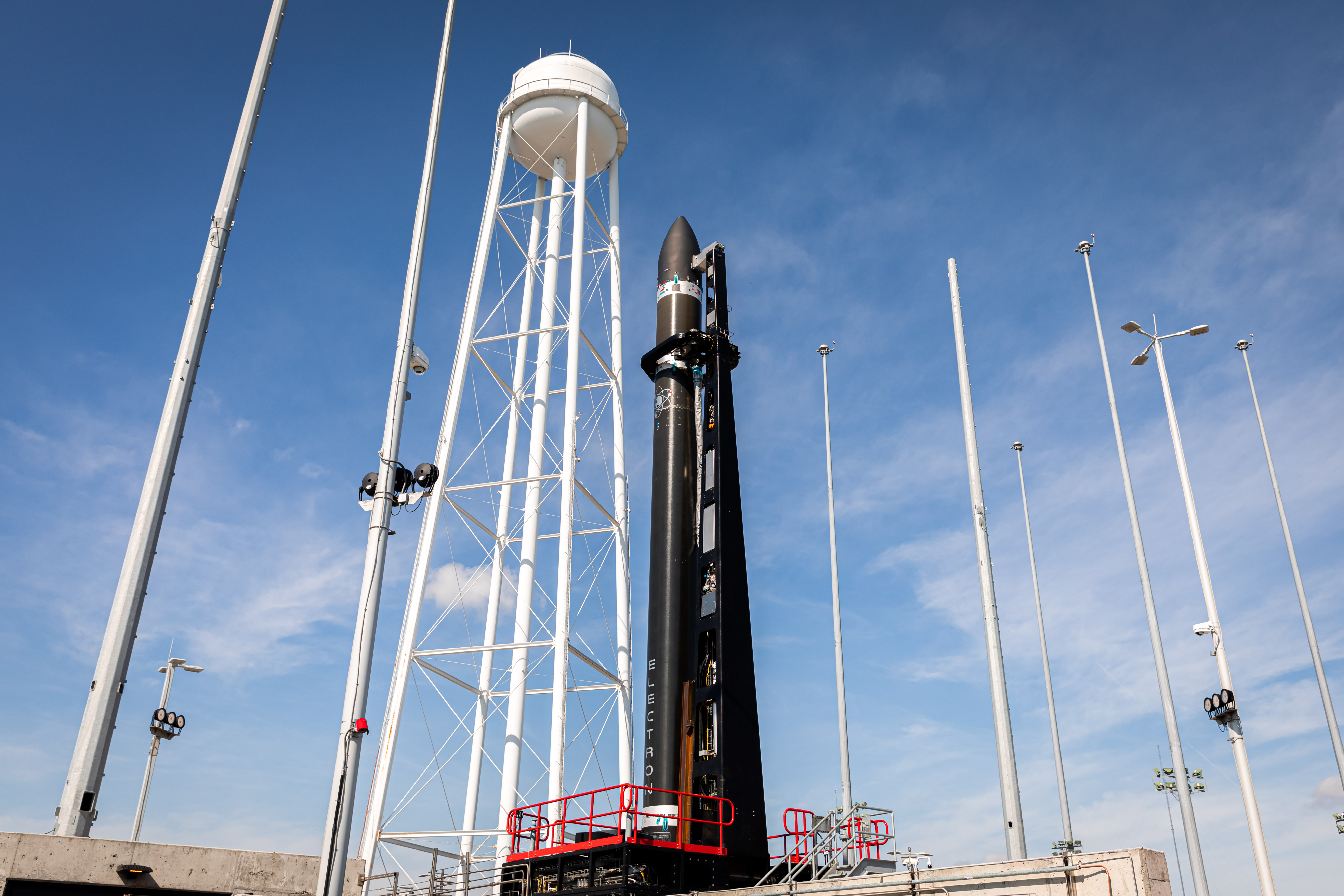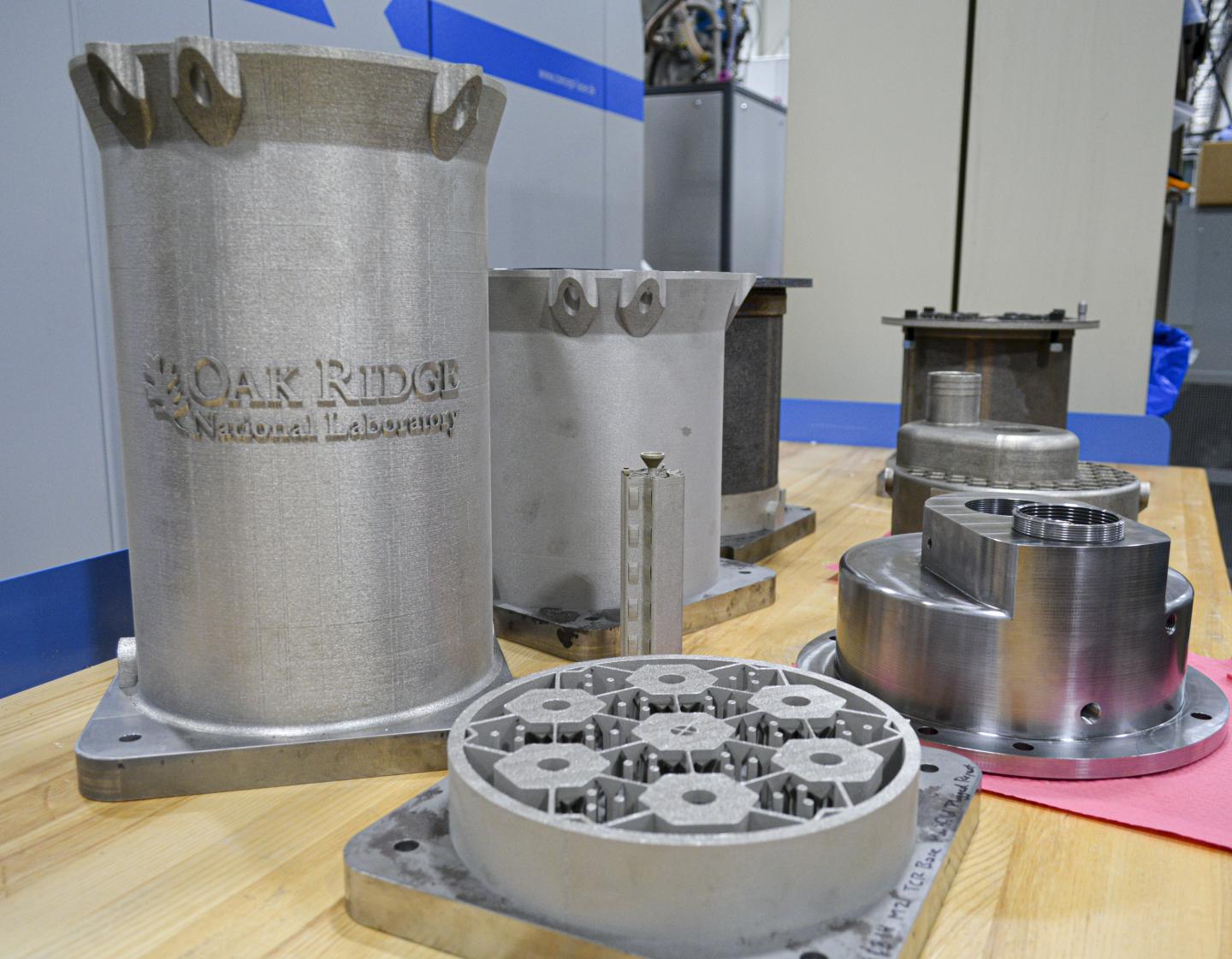The month of May saw a great number of 3D printing developments in and around the aerospace sector, including 3D printed rocket tests and bioprinting aboard the ISS. The energy and automotive sectors also yielded major 3D printing projects, and Protolabs and Nano Dimension announced multi-million dollar expansion plans.
Developments in aerospace
Breaking new ground, China announced the successful completion of its first set of 3D printing tests in the microgravity of space. The in-orbit tests involved fabricating two continuous carbon fiber-reinforced composite parts using a “space 3D printer” developed by the China Academy of Space Technology. Alongside the printer, a 3D printed CubeSat deployer was launched aboard China’s large carrier rocket – the Long March-5B.
California-based aerospace company Rocket Lab’s Electron Rocket entered its final stage of testing ahead of a collaborative mission with the U.S. Space Force. The rocket is powered by nine individual 3D printed Rutherford engines driven by a liquid propellant, and had already passed initial system testing by early May. Fabricated using high-performance carbon composites, it can carry up to 225kgs of payload, making it ideal for transporting small satellites.
Peter Beck, Rocket Lab’s founder and CEO, stated, “We’re proud to be partnering with the U.S. Space Force for the first mission from Launch Complex 2 and we’re honored to be working with them again following previous STP missions out of Launch Complex 1.”

Similarly, U.S. aerospace startup Rocket Crafters concluded testing of its Comet Series Hybrid 3D printed rocket engine. Having completed 49 laboratory tests beforehand, May’s test firings were designed to be a large-scale proof of concept for Rocket Crafters’ STAR-3DTM hybrid rocket engines, ahead of a test flight which was planned for later on in 2020.
“We’re excited about the data we’ve seen and to fly a rocket soon,” said Rob Fabian, Rocket Crafters President. “The engine performance for the tests were on track with models.”
Italy’s National Institute for Nuclear physics used 3D printing to produce the mechanical components of a UV telescope that has now been sent to the ISS. Over the next three years, the Italian Space Agency and Russian Space Agency (Roscosmos) will use the Mini-EUSO telescope to analyze UV emissions from the space station in a bid to gain a better understanding of cosmic rays.
“Using Stratasys FDM 3D printing throughout the production of the Mini-EUSO’s mechanical structure enables us to reduce the overall cost of the project,” said Marco Ricci, Lead Researcher at Laboratori Nazionali di Frascati INFN and INFN Country Manager for Collaboration EUSO SPB2 Italia.
Also on the ISS, microdispensing specialist nScrypt and aerospace company TechShot successfully completed the first functional 3D bioprinting experiment in space. Using the station’s BioFabrication Facility, the partners 3D bioprinted a human knee meniscus as part of the 4D Bio3 program, which aims to one day enable the production of advanced soft tissues and entire organs in microgravity conditions.
Dr. Joel Gaston, Senior Research Scientist on the experiment, spoke of the difficulties faced before the successful project: “The manufacture of soft human tissue, such as hearts and other organs, has proven difficult due to the conflicting needs for bioinks to be printable, biologically relevant, and possess the desired tissue mechanical properties.”

Major business expansions in additive manufacturing
On-demand manufacturing company Protolabs announced that it had invested £10.5M in the construction of a new facility dedicated to 3D printing. Built to accommodate a growing demand for Protolabs’ rapid prototyping services, the 5000 square meter factory is set to increase the company’s production capacity by around 50%, and can be found in Putzbrunn, Germany.
Bjoern Klaas, Vice President and Managing Director of Protolabs Europe, added, “Our expansion plans in the UK and Germany show that our concept of digitalisation and automated processes is in line with the spirit of the times and the requirement to support our customers in bringing products to market in the shortest possible time.”
With similar expansion goals in mind, 3D printed electronics specialist Nano Dimension announced that it had raised $35.9M in a registered direct offering where it sold 17,950,000 of its American Depositary Shares (ADSs) at $2 per share. The company stated that it intends to use the raised proceeds for research and development, working capital, and a number of other general operational purposes.
Advancements in automotive and energy
The first week of May saw the launch of the POLYLINE project, a German lighthouse project bringing together 15 industrial and research partners to develop a digital 3D printing production line. The automated production line focuses specifically on the serial fabrication of polymer components for the automotive sector, and is backed by a total of €10.7M in funding from the German Federal Ministry of Education and Research.
Elsewhere, across the pond, researchers at the US Department of Energy’s Oak Ridge National Laboratory commenced work on the development of a 3D printed nuclear reactor core. The ambitious project aims to build an entirely additively manufactured microreactor, with the researchers having already finalized the design and printed a number of prototypes via DED.
Kurt Terrani, Technical Director of the project, stated, “The entire reactor concept is made possible because of the significant advances in additive manufacturing process technology. By using 3D printing, we can use technology and materials that the nuclear community has been unable to capitalize on in the last several decades. This includes sensors for near autonomous control and a library of data and a new and accelerated approach to qualification that will benefit the entire nuclear community.”

Subscribe to the 3D Printing Industry newsletter for the latest news in additive manufacturing. You can also stay connected by following us on Twitter and liking us on Facebook.
Looking for a career in additive manufacturing? Visit 3D Printing Jobs for a selection of roles in the industry.
Featured image shows China’s Long March-5B rocket blasting off. Photo via Xinhua.


